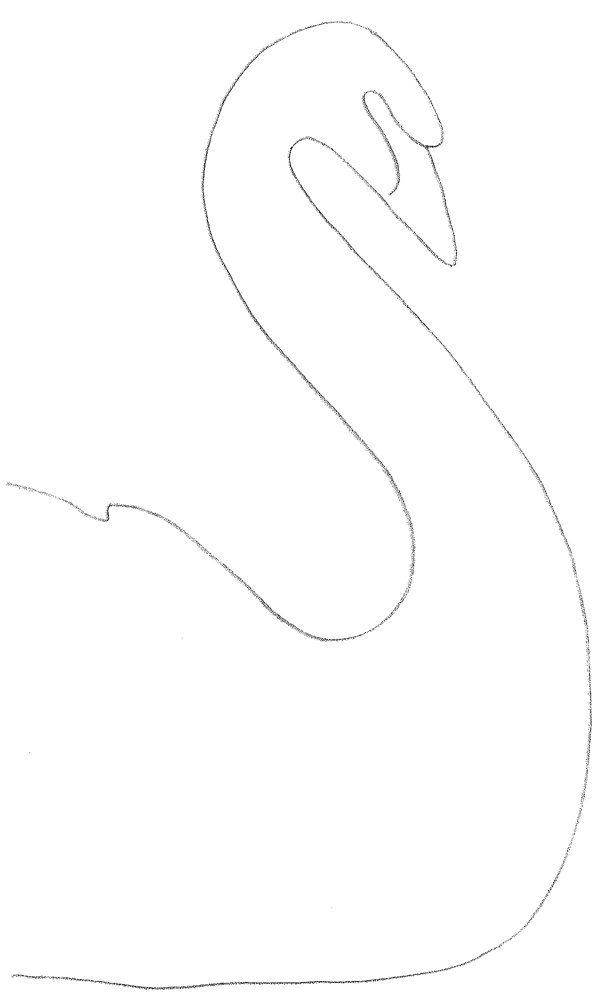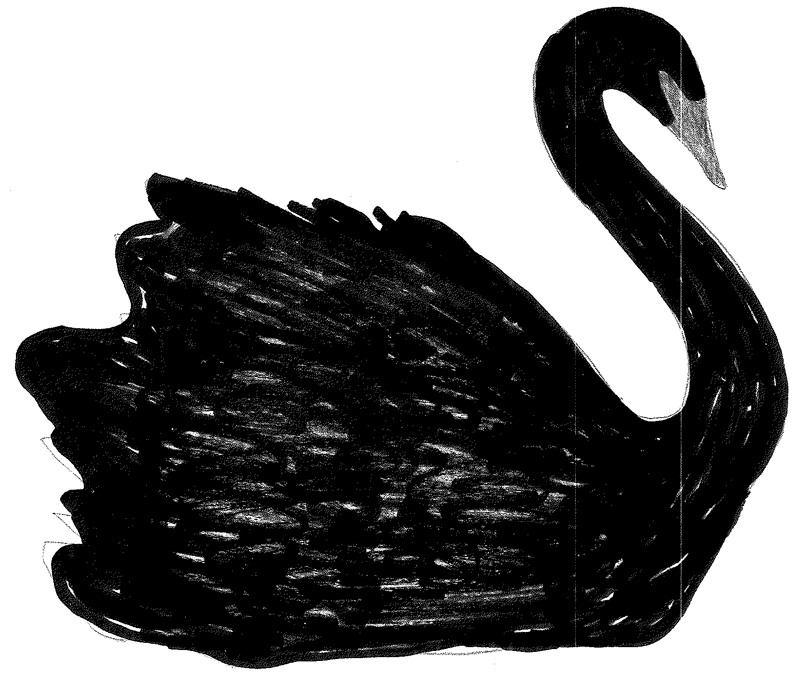Tero Nauha 14’05”: There is one term that I am really fascinated by and it comes from science, but also from economic: The Black Swan (2007). You cannot plan for it.
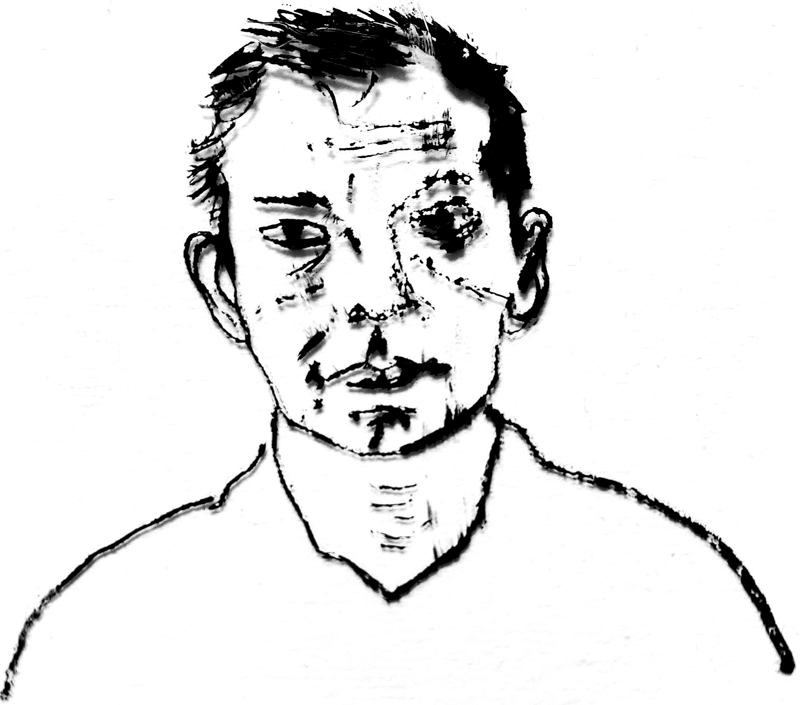
15’10”: The American author Nassim Nicholas Taleb worked for 20 years as a stockbroker. He wrote a book on contingency. It was a time where stockbrokers were on the floor of the stock exchange doing the trading. He describes the importance in working for trading on the floor to sense what was really there; all the feelings and affects, information and noise.
In this work there is always the question: who has the information? Who pretends to have information? And those (the traders) who work only with the “noise,” the noise traders. The very glitched, noisy material?
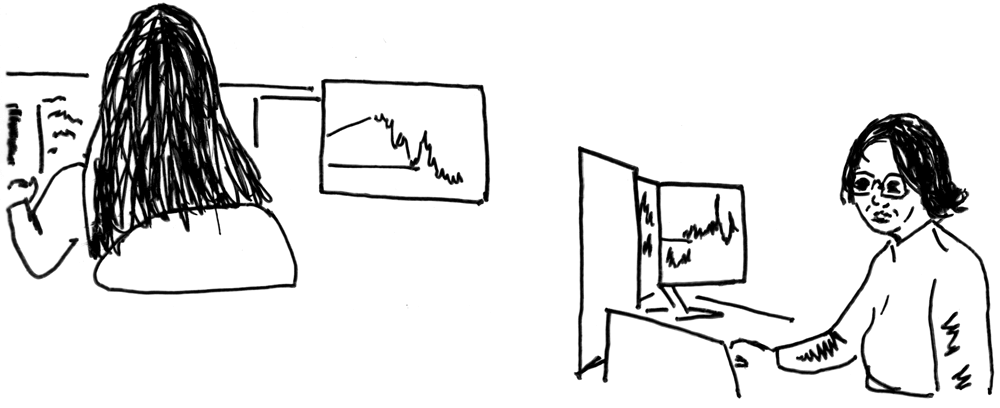
Lynda Gaudreau 17’00”: Tero, could you say something more about noise? What is it?
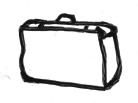
TN 17’08”: It can be simply an errant signal or spurious information, like some bad air or miasma. But for Taleb or someone like Elie Ayache, noise is not simply “what we cannot know,” but rather: “what we cannot know that we do not know.”
17’27”: I think often artist works like that without articulating that way. We cannot really know what it will be, but we hedge our bets, so we can approximate what it might become in the future. We don’t know if it’s going to be good or bad, it is not necessarily a risk, but it’s hedging, also about the unknown unknown, the precariousness, volatility, and potential risk.
TN 8’00”: In Iran during the Khomeini regime between 1978 and 1983, some books were forbidden. They appeared on the bookstalls with white covers. They were translated political texts, but also comic books, novels. You would find those books at the corner of the street in a suitcase. Somebody would have left a suitcase. Or you would find a book in a toilet under something.
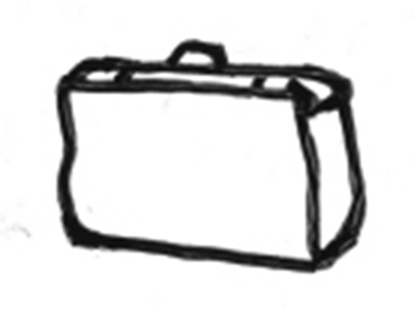
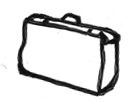
TN 9’27”: There is also stories of people going to the mountains, travelling half a day. They chose a student and were looking for the book in the middle of the mountains. These narratives are depicted in the book Enghelab Street, a Revolution through Books: Iran 1979–1983 by the anthropologist Chowra Makaremi and artist Hannah Darabi. Often these books had no publishing date, author’s, translator’s, or publisher’s name.
It was not unusual to see handwritten additions (important passages underlined, boxed text, sentences written in). […] The reader is constantly made aware of the precise context in which the ideas they contain were printed. Typos, even in the titles of the works, hasty publishing, the lack of typesetting, poor print quality, contradictions (of dates, transliterations, etc.) became the hallmarks of these intellectual and political outpourings, marked by a sense of danger, haste, disorder, and bare necessity (Makaremi in Darabi 2018, 13).
Hassan Makaremi, an Iranian artist, psychoanalyst, and political activist, recalls in an interview how SAVAK [the Organization of National Security and Information] invaded the dormitory: “I felt I had to save this bag. I went to some friends’ house that same night and left them the books without telling them. […] But they understood that those books were dangerous, cut them into pieces, and flushed them down the toilet” (Makaremi in Darabi 2018, 331).
Iranian writer Chacla Chafiq writes how “I did not know who was providing us with these books and other translated works, or how they managed it; I just knew that they were there, hidden in a corner of this mountain. As I walked with the group along the steep mountain paths, I knew that these books were lying in wait for us somewhere. I imagined them arriving from the highest point of this magnificent mountain” (Chafiq in Darabi 2018, 339).
LG 27’12”: What do you mean by fabulation? Could you give a brief definition of fabulation?
TN 27’16”: Fabulation is for the people to come, it is not fiction or about creating fiction. It comes from Deleuze and cinema. Cinema has this capacity: time image versus movement image.
Fabulation is a collective event, or, fabulation is the advent of a possible but not necessary event. It is kind of simultaneity, where both “we” and “us” are being fabricated, as much as “we” or “us” fabricate the future into the present. For Deleuze it happens in cinema. Film scholar Ilona Hongisto writes in her book Soul of Documentary (2015), that fabulation is thinking in duration, thinking that happens in the intervals, a different kind of rhythm, and a fabulation is a way to emerge from “our” duration to recognize the other durations of different kinds. She writes:
it occupies the space in between people who tell stories and the documentary camera that observes these fabulous acts. The relationship between the two creates documentary visions that undo the antagonistic dichotomy between the true and the false (Hongisto 2015: 67).
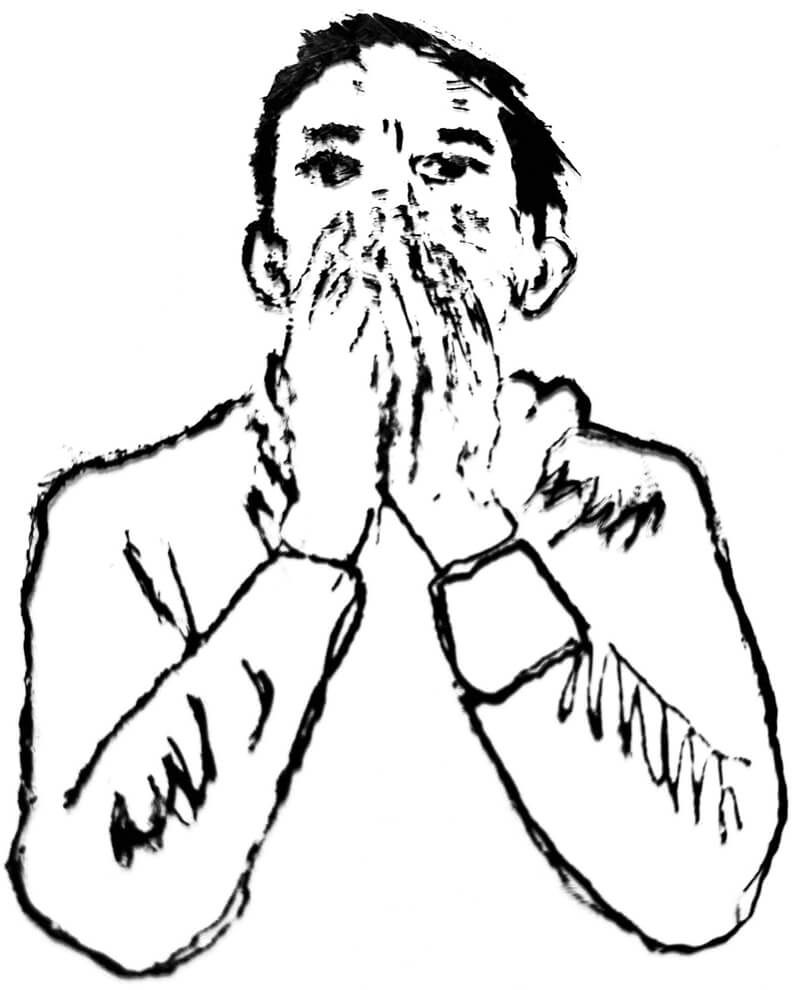
But fabulation also has this aspect of “being caught in the act” or “en flagrant delit de” (ibid.). Fabulation does not exist in the connection between true or false, but rather in the virtual and actualization. Like for Bergson, fabulation needs the body, corporeality, and not necessarily a representation, and it is like a collective act of enunciation.
TN 36’00”: In capitalism we are accustomed to fiction, there are many fictions going on, and we are more accustomed to this one… but I think we follow different ones at the same time. but this is… mm… but there is no truth… mm… because capitalism is based on a social logic of capital, it transforms, modulates, and has variable, cyclical movements.
LG 36’08”: This is very close to asynchrony. An asynchronic situation involves at least two spaces relating at the same time. How about this idea of many fictions and where they are coming from?
TN 36’17”: So, again, if fictions are like the information or noise for the traders, where we can be betting for or against some “truth,” it is as fictitious as any other truth – or the truth can be just a bubble that will, at some point, deflate or crash. So, the value of these fictions are purely social, and socially imaginary, yet, fictions are extremely performative and in turn they are productive. So, fictions are circulatory in the first place. They are social and they always have some risk or volatility. I could say that fictions are fictioning, because they are performative, and fictions are socially and collectively imagined relational objects. These objects need practice, which we could call the act of imagination or fabulation.
36’50”: In a way there is no culture, culture is an invention… it is there because we repeat it, but it has the capacity… it can be otherwise, and then it brings us that small glitch. But research, like anthropology or performance studies, begins from the necessary assumption that “if” there were culture, what could it be that people are doing here?
Which I find very exciting, either from text, from performance, or things that happen, is not that something new appears, but some action of some people, that opens up a momentary glitch.
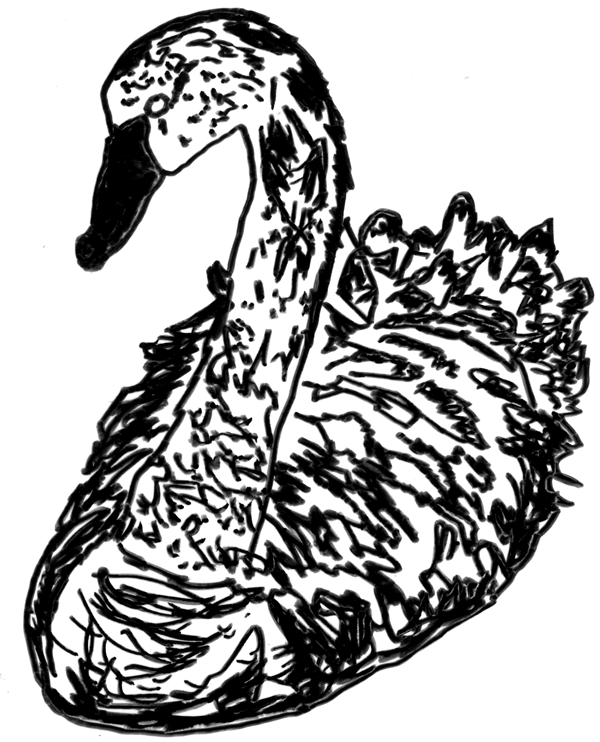
LG 40’02”: Could you elaborate a bit on the glitch?
TN 40’06”: Glitch is interesting, because for the avant-garde it has a bit of a fetishist relation, an almost savage attribute – since Marinetti from the Futurists, Cage’s aleatory search for “social” glitches as in his piece 4’33’’, but also in more contemporary music, like Japanoise.
What is this aesthetics of failure, to fail better? Like glitch would be some kind of miasmic fabric, that may reveal some unnoticed potentials, like glitch would have a liberating potential. But it is interesting that, in an interview, the musicians of all-female noise band Le Tigre, Kathleen Hanna, Johanna Fateman, and JD Samson, say how men in electronic music often “speak about finding flaws in loops, and finding the glitch […] something beautiful [but] when women do it, it’s like […] a hideous mistake” (Rodgers 2010, 249). And that “glitch” is a term from space technology, how the machine replaces missing data with random data. And when some glitches are creative and others trash, it is an aesthetic decision about what is needed. Then, it is bit different, yet quite similar to stitching pieces together, as for a quilt. Where a necessary number of quilting points is needed so that the upholstery does not flow out from the mattress, pillow, or jacket. Also, glitch is glitch, because there are enough stiches or quilting points to keep the rest together. Anne Sauvagnargues calls this a “signifier-quilting point,” which is purely psychic. How many quilting points are needed to stay sane, or to have an “aesthetics” of noise? I find playing the theremin a practice of quilting, because mostly it is just ripping apart, a non-intentional noise, where you may not find glitches anymore. Guattari writes that without a sufficient number of quilting points “objects that surround us would lose their air of familiarity and would topple into an anguishing strangeness” (Guattari 2013, 209).
49’55”: How do you take a very theoretical political problem, how do you make, incorporate it in a way that it is a “yes” and actually very critical?
50’36”: I am afraid we will need the skill of fabulation in the future to survive. One way or another. We need to create conditions for the fabulation to emerge, to sustain, but also to pass or fade away.
